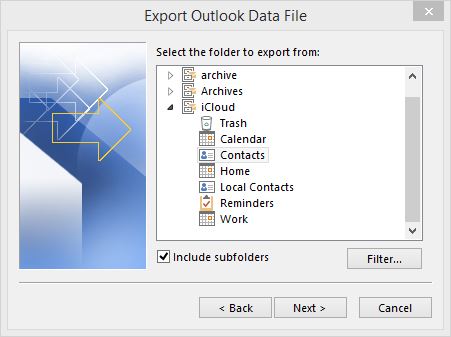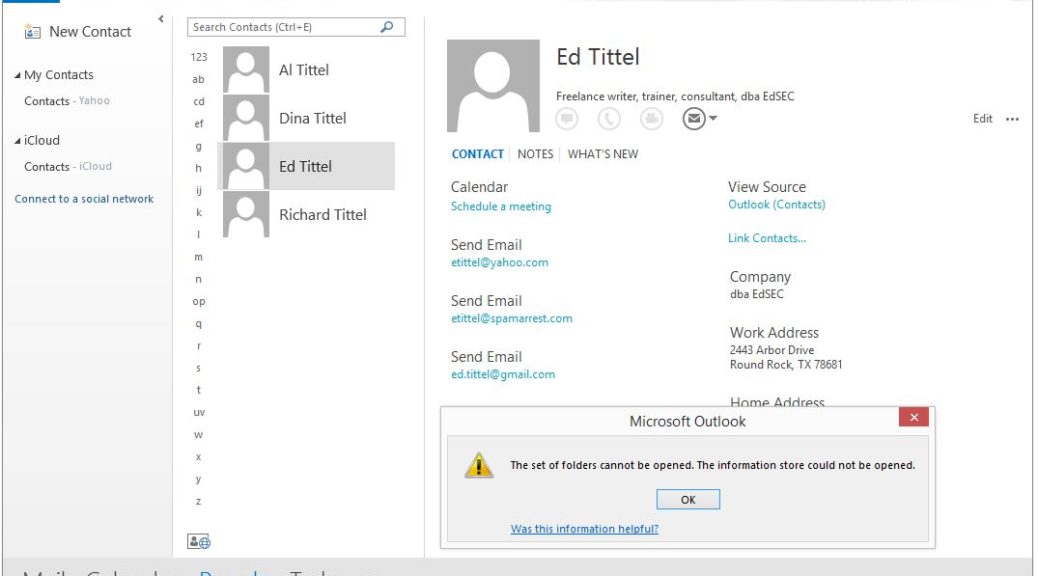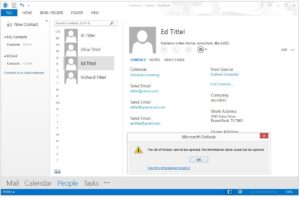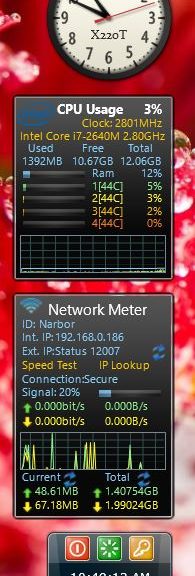I’ve got 4 laptops, 1 all-in-one, and three desktop computers on the roster at home, and another couple of laptops, a mini-ITX desktop, and a Chromebook on my “school loan” program right now. At this point, all but one of those machines — the Chromebook — is running Windows 8.1. I have added either Classic Shell or Start8 to all of the Windows machines, to make using and working from the desktop easier and faster, but otherwise I haven’t really mucked with the OS itself all that much. Many of those machines boast a “perfect score” in DriverAgent (no drivers out of date, that is) with the “worst score” on any machine showing three drivers outdated (two of which are bogus in each case, the other sufficiently mysterious and apocryphal to resist my occasional efforts at update/repair).

In short, everything is humming along nicely and all but one of the machines is rock-solid stable with a perfect 10 score in the Windows Reliability Monitor (and even the odd PC out — my production desktop, ironically enough — is sufficiently stable in day-to-day working practice that I don’t worry about losing work or productivity on that machine). All of this adds up to an interesting observation or realization on my part — namely, that the OS running on those machines doesn’t really matter all that much any more. By hook or by crook, I’m able to keep things working, and I’m not being stymied or feeling overly frustrated about maintaining my computers, and keeping them working properly over time.
Windows 7 was (and remains) great, but Windows 8 and Windows 8.1 have also done right by me, too. Does this mean I’ve been lucky? Perhaps so, as I read about and hear from others who’ve run into snags with Windows 8, or the 8.1 update/upgrade, or who are struggling with hardware and driver issues. But I’m also inclined to observe that both hardware and software seem exceptionally stable and troublefree of late, and to have experienced fewer Windows headaches in the past four years or so, starting with the release of Windows 7 in October 2009. I’m not even terribly inclined to knock on wood so as not to tempt fate overmuch with my words, though that thought immediately crossed my mind as soon as I wrote them!
Here’s hoping that 2014 will continue humming along, as 2013 did for me, to my great surprise and delight. May your experiences be the same, too, if not better than that!





